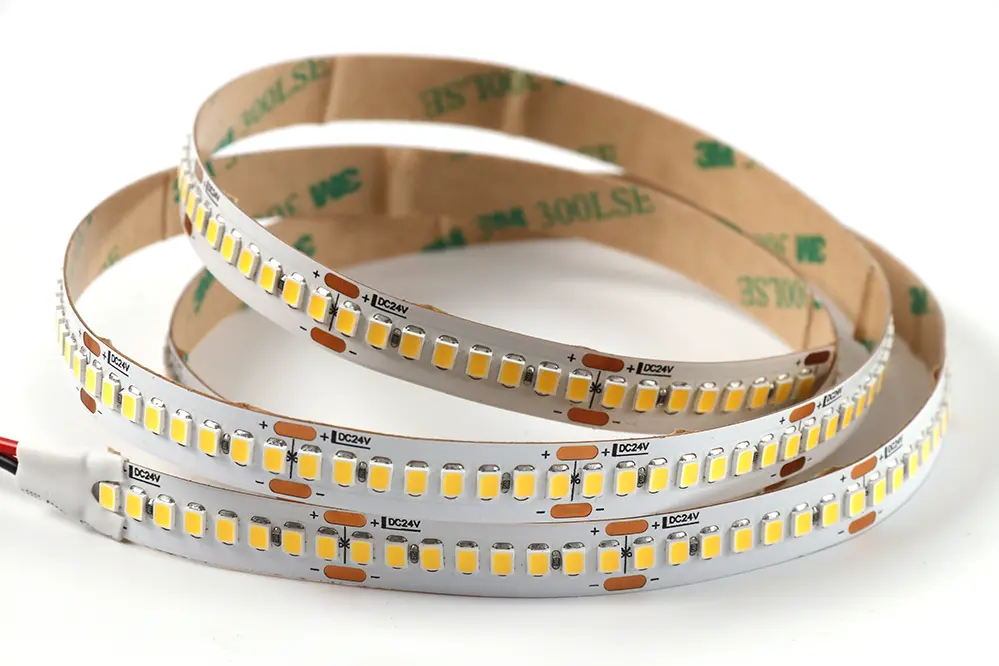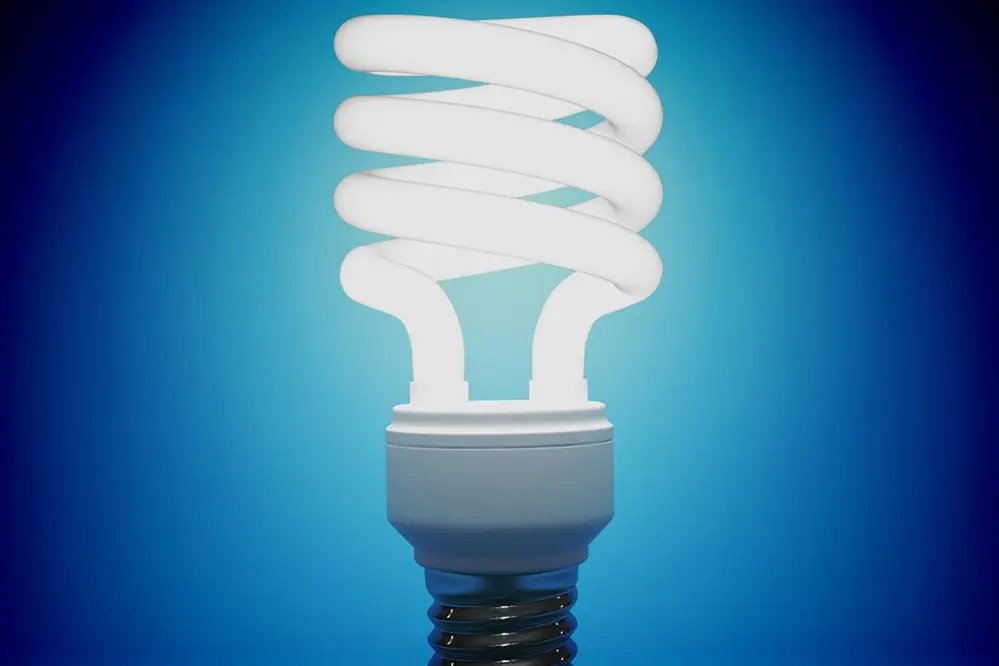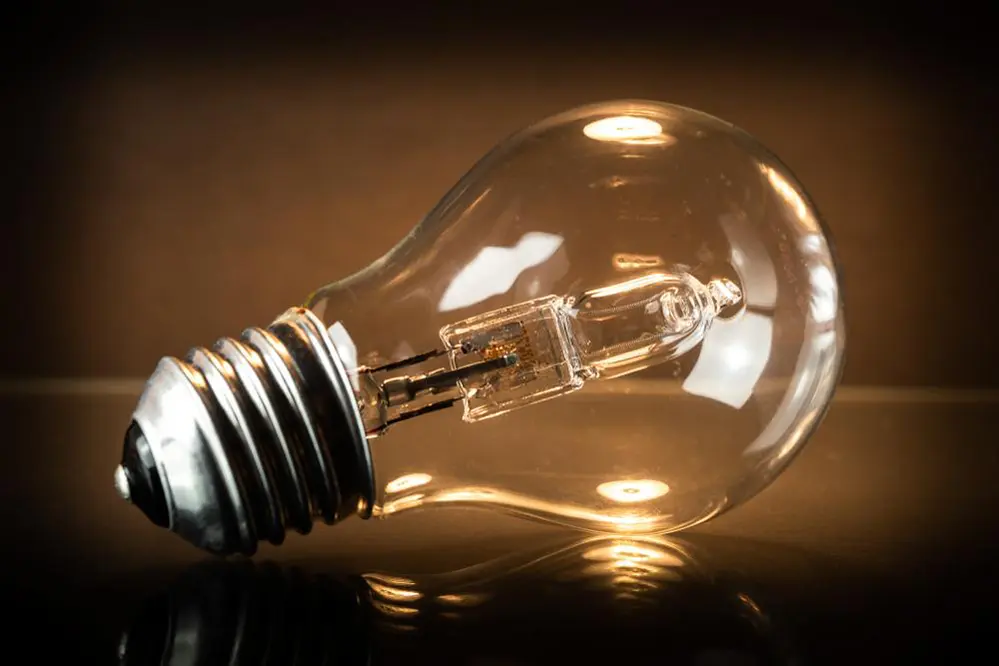Comparing LED Strip Lights to Other Energy-Efficient Options
- 2024-05-28 20:43
- UNITOP
In today's rapidly evolving world of lighting technology, energy efficiency, measured in lumens per watt, and power consumption, has become a paramount concern for both consumers and professionals. Among the myriad of options available, LED strip lights have emerged as a popular choice due to their versatility and efficiency. But how do they stack up against other energy-efficient lighting solutions? In this blog post, we will delve into a comprehensive comparison of LED strip lights with other leading energy-efficient options, providing you with the insights needed to make an informed decision.
As lighting enthusiasts and professionals, it is crucial to stay updated with the latest advancements and understand the benefits and drawbacks of various lighting technologies. LED strip lights offer unique advantages, such as flexibility in design and ease of installation, but are they the best choice for every application? By examining factors like energy consumption, lumens output, lifespan analysis, and overall performance, we aim to present a clear picture of where LED strip lights stand in the realm of energy-efficient luminaires.
Allow me to introduce myself—I'm Tom, and I've been immersed in the LED lighting industry since 2005. With nearly two decades of experience, I have witnessed the remarkable evolution of LED technology, particularly in the realm of LED strip lights. My extensive background and hands-on experience have equipped me with a deep understanding of the intricacies of LED lighting. This blog post is a culmination of my knowledge and expertise, aimed at providing you with valuable information to guide your lighting choices.
So, whether you're a seasoned professional or a curious enthusiast, let's dive right in and explore the fascinating world of LED strip lights, focusing on their LED density and other energy-efficient lighting options. Your journey to discovering the best lighting solution starts here!
LED Strip Lights Overview

LED strip lights, often referred to as "flexible LED tape," have gained widespread adoption in various lighting applications.
Due to their flexibility, these strips are ideal for both residential and commercial installations, from under-cabinet lighting to accentuating architectural features.
Their extensive color variety and dimmability make them suitable for creating diverse atmospheric effects, provided that a compatible dimmable power supply is used to ensure consistent illumination.
Features and Benefits
LED strip lights exemplify flexibility, brightness, and versatility, making them suitable for a wide range of lighting applications. They can be precisely tailored to fit any design.
These lights are highly energy-efficient, consuming less power compared to traditional incandescent bulbs while offering a variety of color temperature options. This results in lower electricity costs, given their prolonged usage lifespan.
LED strip lights can last over 50,000 hours, significantly reducing maintenance needs.
Their low heat emission and eco-friendly components further contribute to their appeal. These features make LED strip lights an ideal option for creating ambient and task lighting effects that blend aesthetic beauty with functional efficiency. They are highly adaptable and can complement various lighting plans, ensuring optimal illumination and energy savings.
Common Applications
LED strip lights are renowned for their adaptability, making them a staple in numerous lighting scenarios.
In residential settings, these lights are a popular choice for ambient lighting under kitchen cabinets, in living rooms, and bedrooms thanks to their consistent brightness. Beyond residential use, LED strip lights also find substantial application in commercial displays, accentuating products in retail environments to enhance visual appeal. They are utilized in hospitality industries, adding aesthetic complements to bars, restaurants, and hotels.
Furthermore, their role in architectural lighting cannot be overstated. LED strip lights are employed to highlight structural details, creating visually striking facades and interiors. Due to their thin profile and flexible nature, they can be installed in hard-to-reach or complex spaces, providing designers with a versatile lighting tool.
In addition, automotive enthusiasts frequently use LED strip lights to customize vehicle interiors and exteriors, achieving unique lighting effects and improved visibility. The energy efficiency and durability of LED strip lights make them an excellent choice for outdoor applications, including landscape lighting, where they enhance safety and aesthetic value while maintaining energy conservation.
Energy-Efficient Lighting Options
Energy-efficient lighting options, a crucial component in sustainable building design, offer considerable advantages. These solutions include innovations such as compact fluorescent lamps (CFLs), light-emitting diodes (LEDs), and halogen incandescent bulbs. Integrated smart lighting systems further enhance efficiency, providing adaptive controls and automated energy management, reducing power consumption considerably. By incorporating these technologies, not only can we achieve substantial cost savings, but also significantly lower the environmental impact associated with lighting.
Types and Technologies
LED strip lights are narrow and flexible circuit boards populated with light-emitting diodes (LEDs). These strips can be cut to size.
Compact fluorescent lamps (CFLs) emit light through the excitation of mercury vapor, producing ultraviolet light.

Halogen incandescent bulbs use a filament and halogen gas to achieve higher efficiency compared to traditional incandescent bulbs.

Smart lighting systems integrate advanced controls and sensors to adjust light output based on occupancy or natural light availability. This technology optimizes energy use, providing a customizable and user-friendly lighting experience adaptable to varying needs and preferences.
Comparative Efficiency
When comparing LED strip lights to other energy-efficient options, it's essential to consider their unique advantages. LED strip lights excel in terms of energy consumption, offering impressive lumens per watt ratios.
Compact fluorescent lamps (CFLs) present a viable alternative, although they consume more energy than LEDs. Halogen incandescent bulbs, while more efficient than traditional incandescents, still fall short in comparison to LED strips.
LED technology's efficiency is notably higher due to its solid-state nature, reducing energy losses. Furthermore, LED strips can be customized to emit light precisely where needed, enhancing overall effectiveness in various applications.
Nevertheless, smart lighting systems significantly increase efficiency by dynamically adjusting output based on real-time conditions. By incorporating smart controls, an environment can maximize energy savings and lighting performance, making it crucial for any comprehensive energy-efficient strategy.
Cost Analysis
When analyzing cost, it's imperative to evaluate both upfront expenditures and long-term financial impacts. LED strip lights generally feature a higher initial purchase price compared to alternative energy-efficient lighting options.
However, their longer lifespan and superior energy efficiency, particularly with the use of LED bulbs, typically result in lower overall operational costs. When factoring in reduced maintenance expenses and diminished energy consumption, LED strip lights often prove to be the most economical choice over the long term. This contrasts with CFLs or halogen bulbs, which may require more frequent replacements and higher electricity usage.
Initial Investment
When evaluating lighting options, initial investment is a critical factor to consider for all stakeholders.
- LED strip lights:
- Higher upfront cost
- Lower operational expenses due to longevity
- Compact Fluorescent Lamps (CFLs):
- Moderate initial cost
- Moderate lifespan
- Halogen bulbs:
- Low purchase price
- Shorter lifespan, leading to more frequent replacements
LED strip lights typically demand a higher upfront expenditure compared to CFLs and halogen bulbs.
However, the extended lifespan and energy efficiency of LEDs often balance the initial investment over time.
Long-term Savings
LED strip lights offer substantial long-term savings through their wattage efficiency and high lumens output per watt of power consumed.
- Reduced energy consumption due to higher efficiency
- Lower maintenance costs with longer lifespans
- Decreased replacement frequency compared to CFLs or halogen bulbs
- Stable performance leading to fewer operational disruptions
These factors make LED strip lights a cost-effective solution.
In contrast, traditional lighting options like CFLs and halogen bulbs incur higher ongoing costs.
Choosing LED strip lights results in notable financial benefits over their lifespan.
Environmental Impact
LED strip lights stand out for their minimal environmental footprint, partly attributed to their lower energy consumption and longer lifespan. This reduces the frequency of replacements, subsequently lowering the waste generated and the demand on resources.
Additionally, LEDs are free from harmful substances like mercury, which are present in CFLs, making their disposal environmentally safer.
Sustainability Factors
When it comes to sustainability, LED strip lights offer several advantages.
Firstly, LED strip lights significantly reduce carbon emissions due to their superior energy efficiency.
They consume less power compared to alternatives, resulting in lower greenhouse gas emissions from power plants, thus mitigating the environmental impact.
Additionally, LED strip lights' long lifespan means fewer replacements, reducing waste and the resource demand for new production. This not only conserves raw materials but also minimizes the environmental degradation associated with manufacturing and disposal processes. Recycling of LEDs is more straightforward, due to the absence of toxic materials like mercury.
Carbon Footprint Reduction
Reducing carbon footprint is crucial.
LED strip lights are integral to numerous carbon reduction strategies. Their superior energy efficiency means they consume less power, thereby lowering electricity demand from power plants. Power plants predominantly rely on fossil fuels, so reduced energy consumption directly translates to lesser greenhouse gas emissions.
Less greenhouse gas means a healthier planet.
Moreover, the longevity of LED strip lights results in fewer replacements. This extended lifespan reduces the carbon footprint associated with the production, transportation, and disposal of lighting products.
Choosing LED strip lights symbolizes a commitment to environmental stewardship. As the world strives to meet the 2023 climate goals, every watt saved brings us closer to a sustainable future. Their adoption across various sectors will significantly support these global carbon reduction targets and promote sustainable development.
Conclusion
LED strip lights offer remarkable energy efficiency and eco-friendly benefits.
Their long lifespan reduces both landfill waste and frequency of replacements.
Choosing LED strip lights aligns with global carbon reduction goals and sustainable development.
In comparison, other energy-efficient lighting options, such as CFLs and fluorescent tubes, also have substantial benefits but fall short when considering mercury content and overall lifespan. LED strip lights present an optimal choice for energy conservation, environmental protection, and economic savings, thus making them an indispensable component of modern lighting strategies.
While LED strip lights offer numerous benefits and stand out as a versatile and energy-efficient lighting solution, it's essential to choose a reliable manufacturer to ensure quality and performance. For those seeking top-notch LED strip lights and LED neon strips, I highly recommend reaching out to Unitop, a professional Chinese manufacturer renowned for their expertise and high-quality products. With Unitop, you can trust that you are getting the best in LED lighting technology, backed by years of industry experience and a commitment to excellence. Don't hesitate to contact Unitop for all your LED lighting needs and elevate your lighting projects to new heights.
